Animals
AFRICAN PENGUIN POINT IS HOPPIN’
• Over 30 feet of underwater viewing
• Rocky cliffs for diving, nesting + sunbathing
• 10,000-gallon pool
NEW: Pinnacol African Penguin Point
The endangered African penguin hails exclusively from the warm waters of coastal Southern Africa. One of the species’ largest wild colonies is at Boulders Beach, near Simon’s Town-a unique enclave where decades of conservation measures have made it possible for humans and wildlife to share resources. Pinnacol African Penguin Point takes inspiration from the Simon’s Town success story as well as its distinctive rocky inlets and sandy shores.Our penguins’ new home features a 10,000-gallon swimming pool ringed by golden beaches-with realistic heated rockwork, cozy burrows and comfy nesting boxes. It’s all designed to encourage natural behaviors like diving, swimming, sunbathing and breeding…while giving YOU a unique window into our waddle’s world! Younger guests will enjoy the wavemaker, and everyone will enjoy watching the flock’s underwater antics through nearly 40 feet of clear acrylic windows.
Your Visit Supports Penguin Conservation.
As the caretakers of a flock of endangered African penguins, Denver Zoo is naturally passionate about penguin conservation. Every year, we send our penguin experts to Cape Town, where the Southern African Foundation for the Conservation of Coastal Birds (SANCCOB) works to rehabilitate and release penguin chicks. To date, this partnership has led to the release of nearly 6,000 healthy chicks! When you visit Denver Zoo, your ticket supports the penguins here on campus-and their wild counterparts, too!
We invite you to learn more about our enchanting waddle, and how the choicesyou make every day can help create a brighter future for wildlife. Get tickets today!
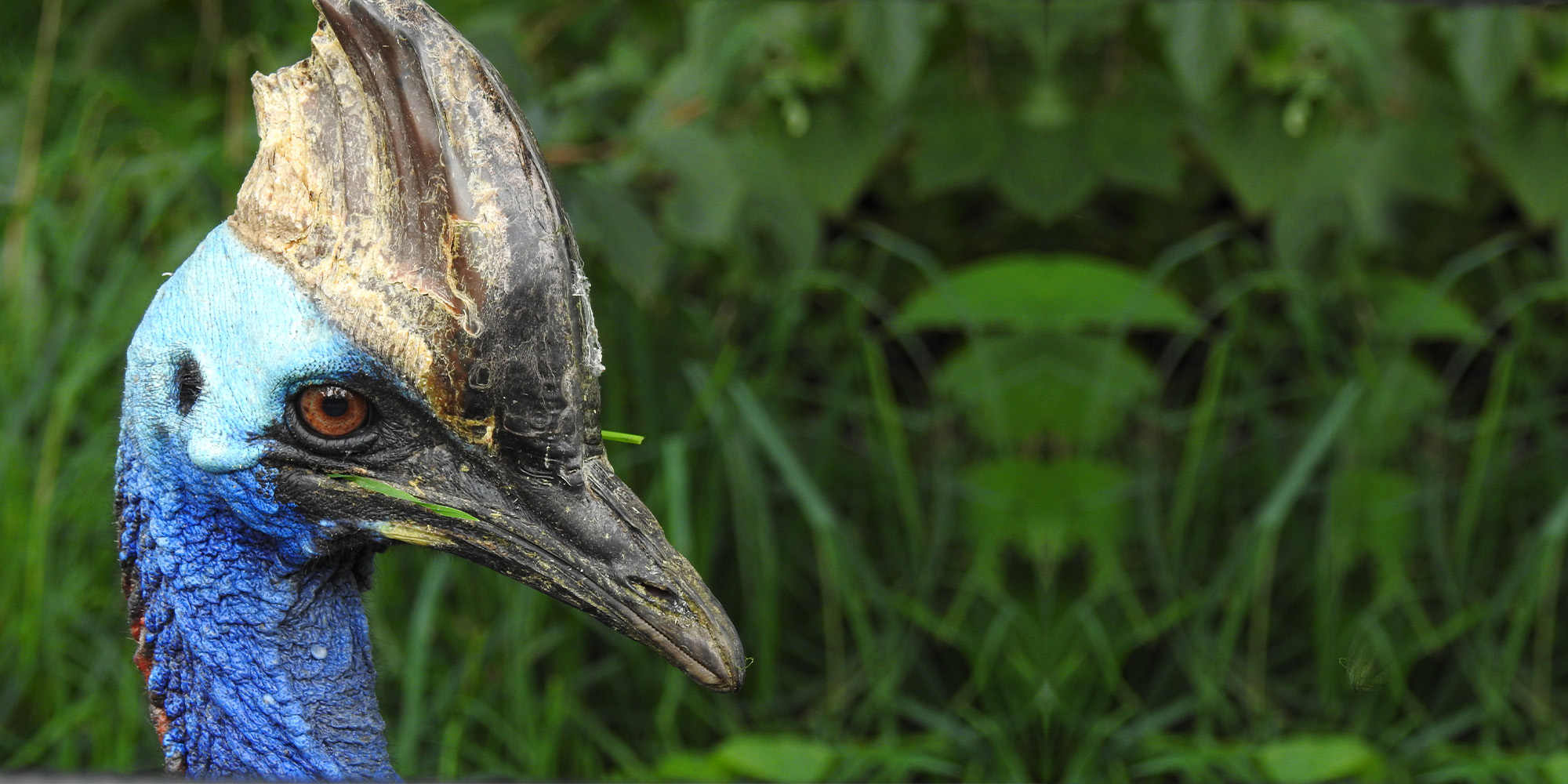
Animals
Rock WallabyCassowary
Kea
COMING SOON: Down Under Experience
Our new Down Under Experience will allow guests to get up close with many of Australia and New Zealand’s diverse spectrum of species. At its heart will be a Wallaby Walkthrough, where you’ll have the opportunity to be immersed in the wallabies’ world! Along with new habitats for some of our current residents, the Down Under Experience will also enable us to welcome a host of new species-and be home to Denver Zoo’s first-ever Conservation Station. Read more about the new habitat in Zoo Tales, here.
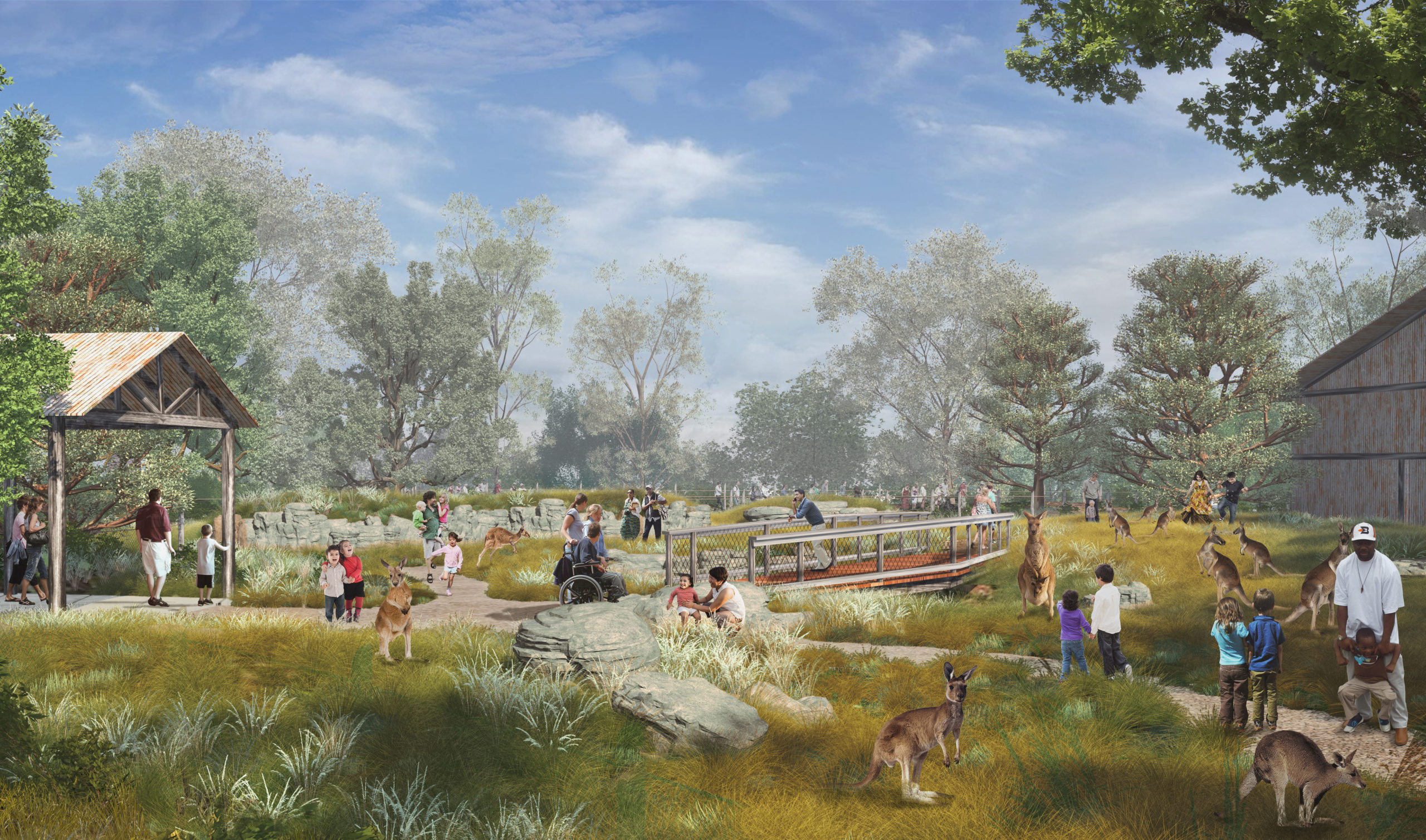

Animals
American FlamingoChilean Flamingo
COMING SOON: Flamingo Habitat
With topography inspired by the landscapes of the Andean highlands, our favorite flock’s fabulous new home will provide both the flamingos and their fans year-round access to both indoor and outdoor living spaces-including multiple wading pools, nesting islands and multiple vantage points for viewing our most fabulous flock. Construction will begin this winter, with the grand public opening slated for 2023. Read more about the new habitat in Zoo Tales, here.
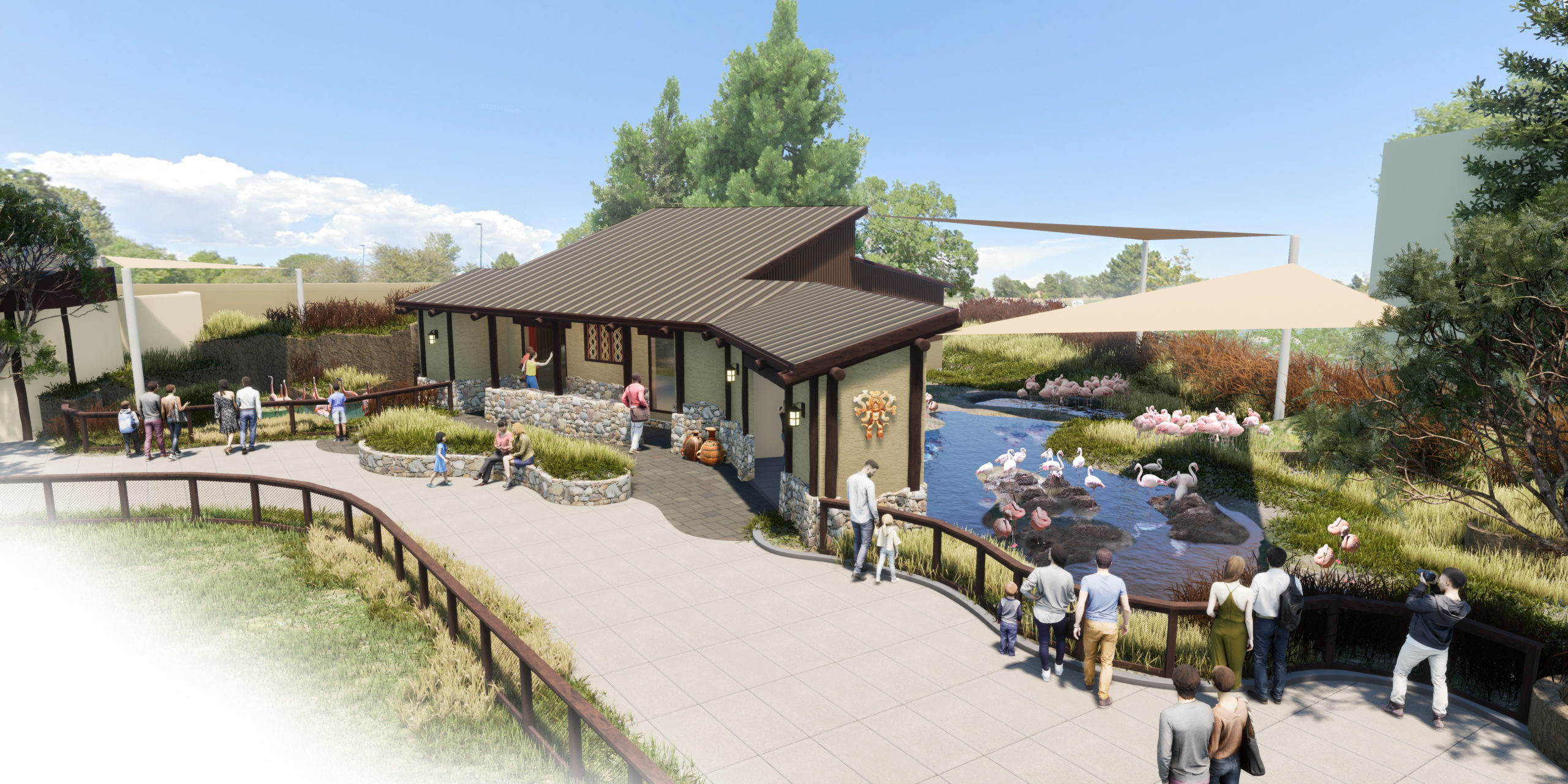
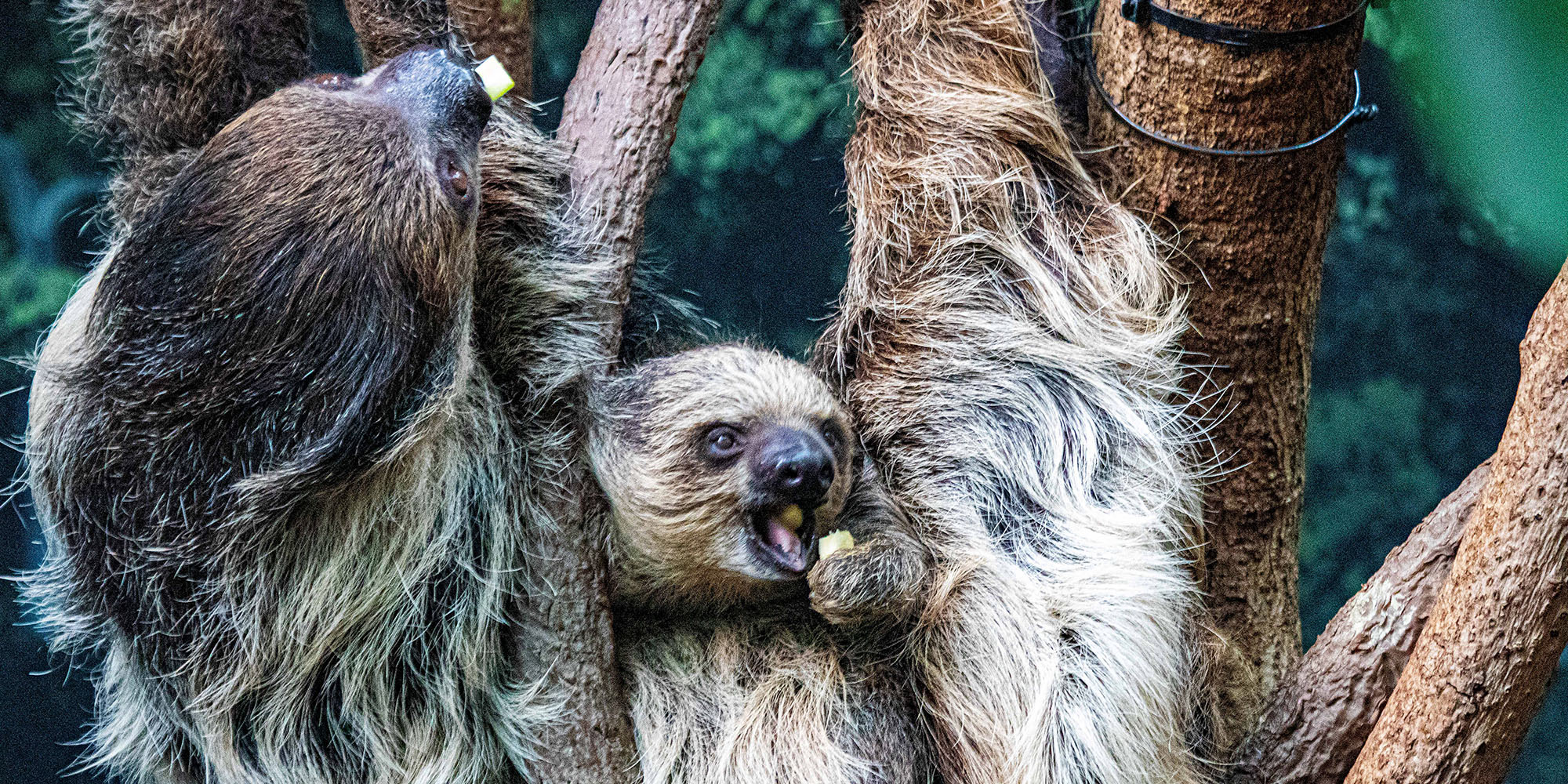
Animals
Komodo dragonSea star
Green anaconda
Lake Titicaca frogs
Linne’s two-toed sloth
Amenities
Men’s, Women’s and Family restrooms
Tropical Discovery
With nearly 300 species and nearly 1,800 individual animals, Tropical Discovery is truly a magical journey into the jungle. You can continue to enjoy the magic of the rainforest, right here in Denver! Discover a balmy world of biodiversity, including a fascinating bat cave, a brilliant array of reef-dwelling fish, a host of slithery snakes, the tiniest tree frogs, large reptiles like Komodo dragons and Daphne the Siamese crocodile-at 60, Denver Zoo’s oldest family member.
DON’T MISS OUR SLOTH TREE!
Sloths may be slow, but their sweet nature and adorable appearance have been known to make people’s hearts beat a bit faster. With this in mind, our new sloth habitat is designed to showcase this demurring species on their terms! Tropical Discovery’s high, skylit ceilings provide a bright, sunny backdrop for the soaring 22-foot sloth tree, with leafy branches bathed in natural light. With the main path snaking around it, this central feature will draw your eyes up to reaching branches and twisting vines as you walk 360 degrees around the habitat-searching the treetops for mossy, slow-moving bundles of fur. Swing on by during your next visit!
Shop Smart to Help Save Sloths
As a zoo-based conservation organization, Denver Zoo is dedicated to giving our guests the information they need to make choices that support a healthy planet.
Learn More22,000 SQUARE FEET OF CARE
- Critical Care Unit
- Cutting-Edge Surgical Suite
- World-Class Diagnostic Lab
- Enrichment and Training Areas
- More Spaces with Outdoor Access
- Computerized Tomography (CT) Unit
- Schlessman Family Foundation Visitor and Education Center
Helen and Arthur E. Johnson
Animal Hospital
Now treating Denver Zoo animals! The 22,000-square-foot Helen and Arthur E. Johnson Animal Hospital offers two treatment rooms, critical care units and a cutting-edge surgical suite-all supported by the most technologically advanced equipment in the industry. From the tiniest tree frog to a full-grown grizzly bear, every one of our animals is able to receive the care they need. The state-of-the-art hospital features a lobby of viewing windows in Schlessman Family Foundation Visitor and Education Center, which is open daily from 9 a.m. to 4 p.m.. On any given day, guests may be able to view the medical care that is critical to the wellbeing of Denver Zoo’s animals. If the treatment rooms are not in use, interactive video displays and staff facilitators educate guests on the many procedures, treatments and surgeries we perform each year to ensure our animals thrive.
Note: Due to the unpredictable nature of medicine and the work being conducted in the hospital, we are unable to provide advance notice of upcoming procedures, or guarantee that you will see a live procedure during the time of your visit. Generally, weekdays before 11 AM are the best days to try to catch a procedure, but there is never a guarantee.
Learn MoreWildlife Plaza
Just outside the Helen and Arthur E. Johnson Animal Hospital is the open-air Wildlife Plaza. During our warm spring and summer months, grab a seat in the shade for enchanting and educational encounters with our Animal Ambassadors!
Click Here [VIDEO-POPUP]
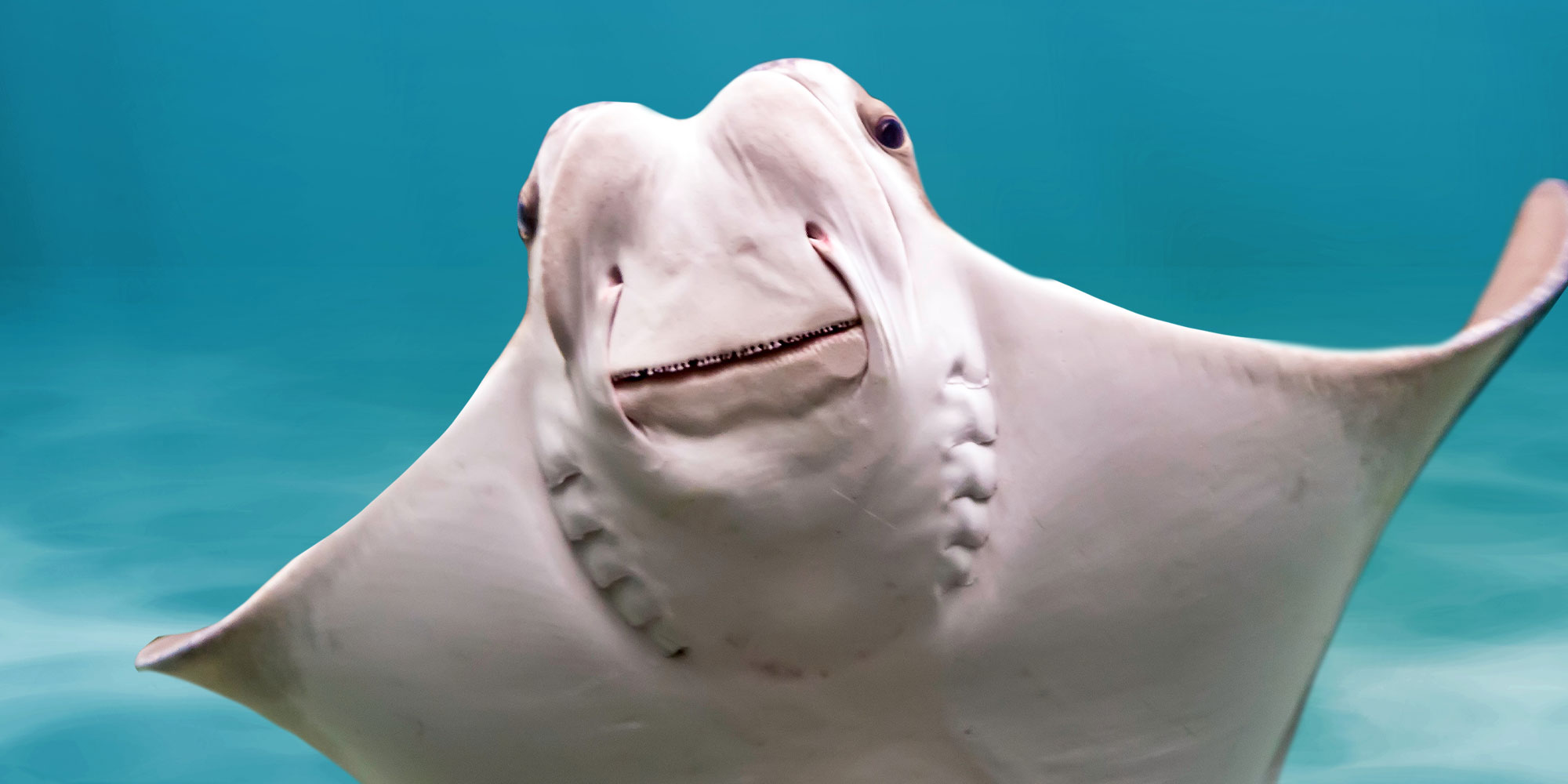
ANIMALS
Cownose rayBamboo shark
Southern stingray
Leopard shark
FEATURES
- 15,000 gallons of water
- 40 free-swimming animals
- 5,500 square feet of shady space
- Baja-inspired beach-bar concessions
Stingray Cove is closed for the season and will reopen in spring 2023.
Stingray Cove™ Experience
Living Exhibits
Stingray Cove is a seasonal, open-air interactive experience that allows you to get up-close and personal with four beautiful species of sea life. Inspired by the unique landscape and vibrant culture of Mexico’s Baja California Peninsula, this permanent seasonal open-air habitat gives you the chance to touch and feed gentle cownose and southern stingrays as they swoop and glide freely around the 15,000-gallon tank they share with peaceful bamboo and bonnethead sharks.
Choice, Collaboration + Care
As with all animals at Denver Zoo, our stingrays and sharks always have a choice about interacting with guests-so the habitat is designed with special “quiet zones” in which they can seek privacy whenever they wish. In collaboration with Living Exhibits, our world-class Animal Care team closely monitors the animals for optimal health and happiness. And here’s another “fin fact”: the seafood our sharks and stingrays receive is high-enough quality to go on your plate!
Cultural Connection + Environmental Action
Stingray Cove’s colorful beating heart is a mural imagined and created by Colorado-based Mexican artist Armando Silva. The mural’s central image, a loggerhead turtle-a species native to Baja, which can support more than 100 marine species within the microcosm of its shell-is a metaphor for our own shared responsibility for wildlife protection. This vibrant visual ofrenda (offering) honors the beautiful blended textures of our mestizaje (mixed heritage) while inviting our cultures and communities to come together in service of this beautiful planet we share.
Stingray Cove™ FAQ:
How do I get tickets for Stingray Cove™?
Stingray Cove tickets are only available on-site and are limited to a first-come, first-serve basis
How much does Stingray Cove™ cost?
Stingray Cove tickets are available for $2 for members and $3 for non-members. Each piece of food is $2. Children two and under are free with an adult.
Can You Feed the Stingrays at Denver Zoo?
Yes, each piece of food is $2.
When is Stingray Cove™ Open?
Stingray Cove™ is closed for the season. It will reopen in spring 2023.
Where is Stingray Cove™ Located?
Stingray Cove™ is located toward the end of our one-way path, across from the Grevy’s zebra habitat.
Are Masks Required?
Masks are recommended but not required.
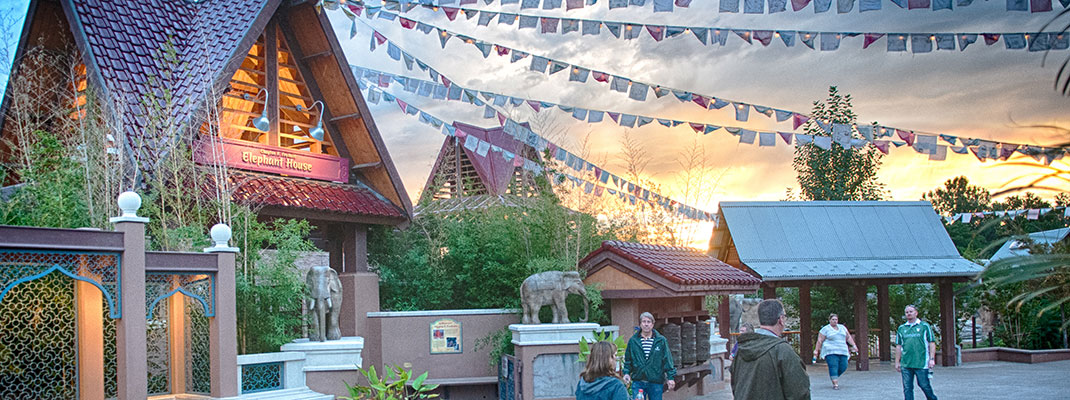
Animals
Asian elephantsGreater one-horned rhinos
Malayan tapirs
Clouded leopards
Fishing cats
Gibbons
Small-clawed otters
Amenities
Kamala Café (pre-packaged / patio service only)Men’s, Women’s and Family restrooms
Toyota Elephant Passage
One of the largest and most complex elephant habitats in North America, Toyota Elephant Passage features two miles of interconnected trails on 10 acres of varied terrain. In this unique multiple-species habitat, Asian elephants, greater one-horned rhinos and Malayan tapirs can rotate among five unique, abundant habitats-with a sixth yard exclusively for the tapirs. Mud wallows, scratching trees, shade structures and more than a million gallons of water for swimming and bathing ensure active, engaged and healthy animals.
As you explore the meandering pathways and buildings, you’ll learn about significance of animals in Asian culture, their complicated relationship with humans, and the efforts of Denver Zoo and colleagues to protect their future. Toyota Elephant Passage is separated into three distinct sections: The Chang Pa Wildlife Preserve, The Schoelzel Family Village and the Village Outpost, each reflecting a different area in tropical Asia-an animal preserve, an urban center, and a rural village.
Don’t miss El Pomar Foundation Village Hall, where you can catch a glimpse of our father-and-son fishing cats, as well as the crowd-pleasing antics of our Asian small-clawed otter romp.
[VIDEO-POPUP]Demonstrations
McGrath Family Amphitheater11:00 AM and 1:45 PM, weather permitting Cancelled until further notice [dz_image_gallery_slides]
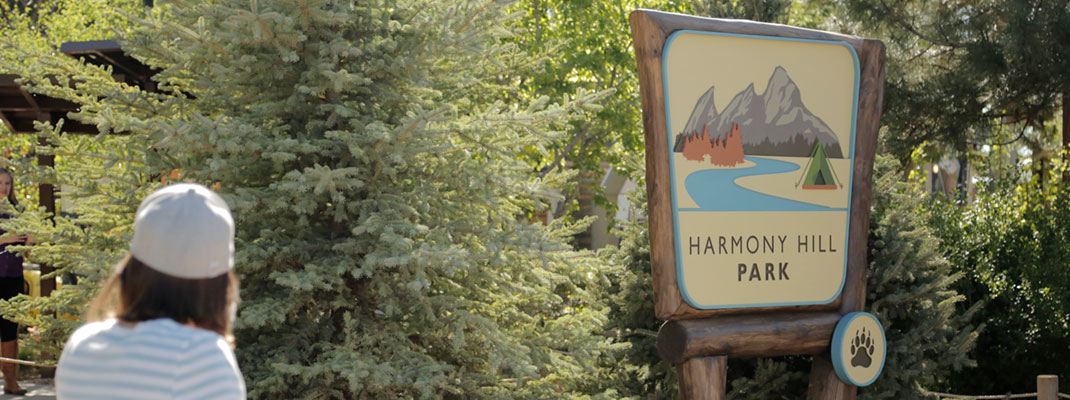
Animals
Harmony Hill Bear Habitat
Harmony Hill offers much more than the bear necessities for Tundra, our resident grizzly girl. In addition to a spacious home filled with opportunities for her to exercise natural bear behaviors like climbing, digging, den-building, swimming and sunbathing, this immersive habitat is also intended to help our human visitors understand how to live in harmony with wildlife-both in the backcountry, and in their own backyards.
On Tundra’s turf, you’ll see common backyard items like a bird feeder, hammock and swimming pool-all designed to withstand the rough affections of female grizzly bears, which can weigh up to 800 pounds. While Tundra is livin’ her best bear life, you’ll be learning what attracts grizzly bears to our territory…along with small changes you can make to help to discourage trespassing. And Tundra’s the perfect poster child for these lessons. She came to us by way of U.S. Fish and Wildlife Services, who rescued the orphaned cub when her mother, dubbed a “nuisance bear” for repeated clashes with humans in her native Alaska, was killed.
As you explore Harmony Hill State Park, designed to evoke the experience of camping and hiking in one of our state or national parks, you’ll enjoy a variety of unique vantage points from which to watch Tundra being her wonderful, one-of-a-kind self. Be sure to swing by The Den, a special shady spot where she often comes right up to the glass for an afternoon nap-or tasty training treats from her keepers. Along the way, you’ll learn how to discourage contact, should you be lucky enough find yourself in bear country.
[FULL-VIDEO-POPUP]Animals
The EDGE
Get closer than ever-six inches, to be exact-from our two magnificent Amur tigers, Yuri and Nikita. Thanks to heavy-duty perforated panels in the habitat’s central area, you’ll be close enough to see, hear and smell our beautiful big cats as they slink about their spacious habitat, The Edge. And, if you’ve never caught the eye of the tiger as he (or she) looks down on you from a soaring perch, it’s an unforgettable experience.
Opened in 2017, The Edge features two enriching habitats connected by The Catwalk: an elevated walkway that enables Yuri and Nikita to move freely between their two kingdoms-both of which feature logs for climbing, scratching and feeding as well as pools for swimming and lots of shady spots for catnapping. More than an acre of land dotted with 120-year old pine trees mimics’ the tigers’ natural environment in their native Siberia.
Animals
African lionsSpotted hyenas
Benson Predator Ridge
Specifically designed to showcase the charismatic predator species of Africa’s Samburu region-including African lions and spotted hyenas -Predator Ridge continues to set the gold standard for animal care and guest experience for zoos around the world.
Spanning nearly five acres, this habitat evokes the varied landscapes of the African savanna. As the two species move among the rotational yards, they enjoy a variety of different environments while experiencing the presence of other species, much as they would in the wild. An indoor viewing area, Pahali ya Simba (place of the lions) allows you to be mere inches away from these fascinating animals; a special maternity yard, Pahali ya Mwana (place of the young) gives you a tender glimpse into the lives of our littlest lions.
Predator Ridge received the Top Honors Exhibit Award from the American Association of Zoos and Aquariums (AZA) for its dedication to supporting world-class animal care and visitor engagement.
Demonstrations
Predator Ridge Demonstration: Pahali Ya SimbaDaily at 12:00 p.m. Cancelled until further notice [VIDEO-POPUP]
Animals
GorillasOrangutans
Mandrill
Ring-tailed lemurs
Amentities
Men’s, Women’s and Family restrooms
Primate Panorama
Spanning seven acres of lushly forested land, Primate Panorama allows you to connect with multiple species of ape, monkey and lemur. Tree-dwelling monkeys delight in the open-air wire mesh tents that soar four stories high and cover more than an acre of ground. Inside these tents, the monkeys play and climb on twisting vines, and drink from the cool streams.
Western lowland gorillas and Sumatran orangutans-both critically endangered species-roam freely in their separate spacious habitats, climbing ropes and taking afternoon hammock naps in one of the most expansive great ape habitats in the world.
Animals
Amenities
Lighthouse PizzaGidget’s Ice Cream
Northern Shores
Northern Shores is one of the few habitats at Denver Zoo that can be experienced from almost anywhere on our 80-acre campus-or, for that matter, in much of the surrounding neighborhood. That’s because Nick, one of our six California sea lions, almost always has something to say, and it’s almost always VERY LOUD.
Follow the sweet sound of Nick’s voice to the shaded, rocky pools where he makes his home with fellow sea lions Duke, Maverick, Luci, Ady and Gunnison-there are plenty of vantage points for you to enjoy our pinnipeds’ natural charisma and they dive, frolic and “haul out” to wrestle for king (and queen) of the rock!
[VIDEO-POPUP]
Demonstrations
Sea Lion DemonstrationNorthern Shores Sea Lion Pool
Daily at 10:30 a.m. and 2:30 p.m. Cancelled until further notice
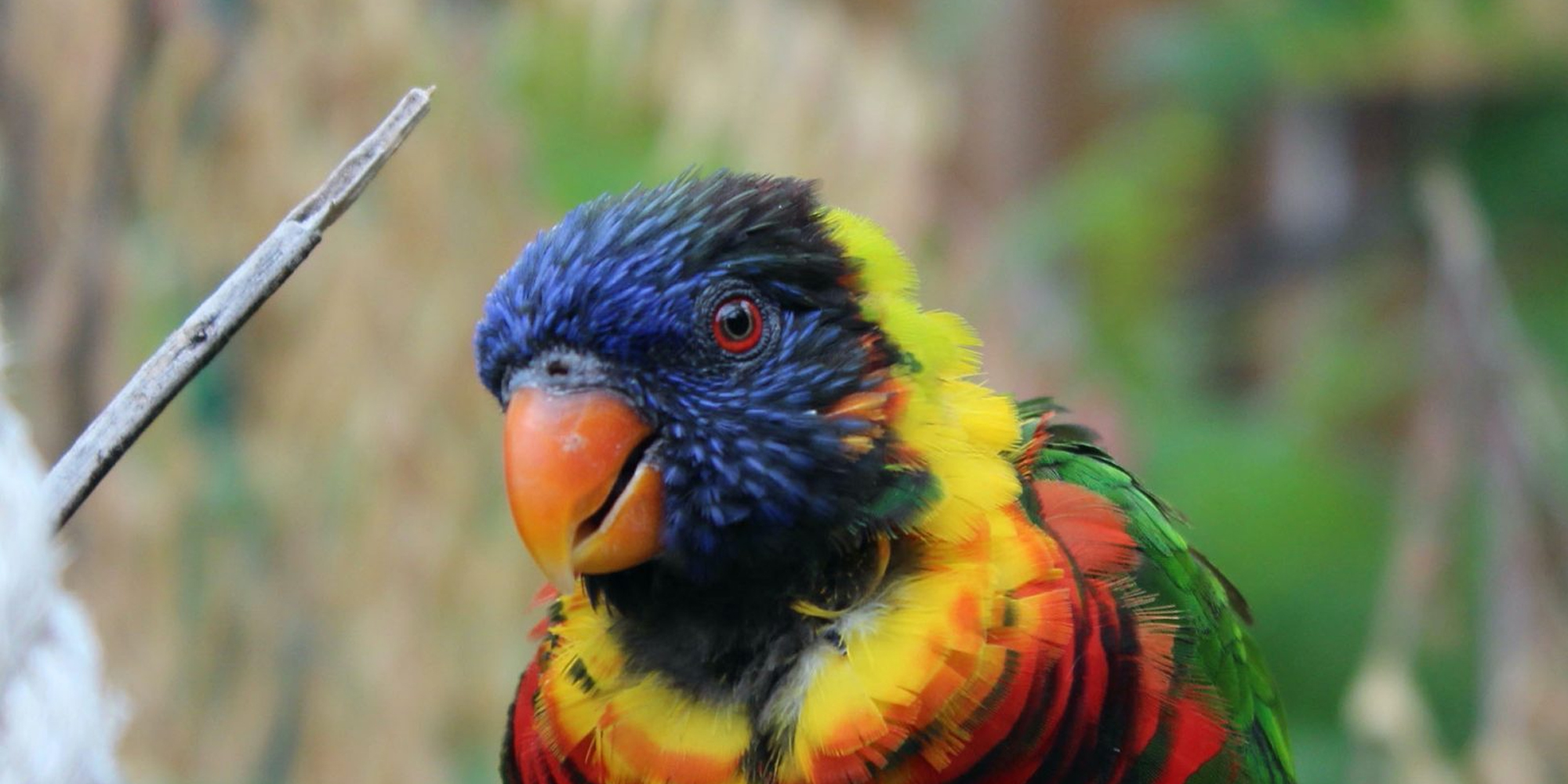
Animals
African penguinsFlamingos
Lorikeets
Bald eagles
Birds
From our colorful flamingo flock and charming African penguin colony to majestic birds of prey and tiny teals and tanagers-Denver Zoo has 80+ beautiful bird species to surprise and delight you. Keep an eye out for avian habitats as you explore our beautiful 80-acre campus.
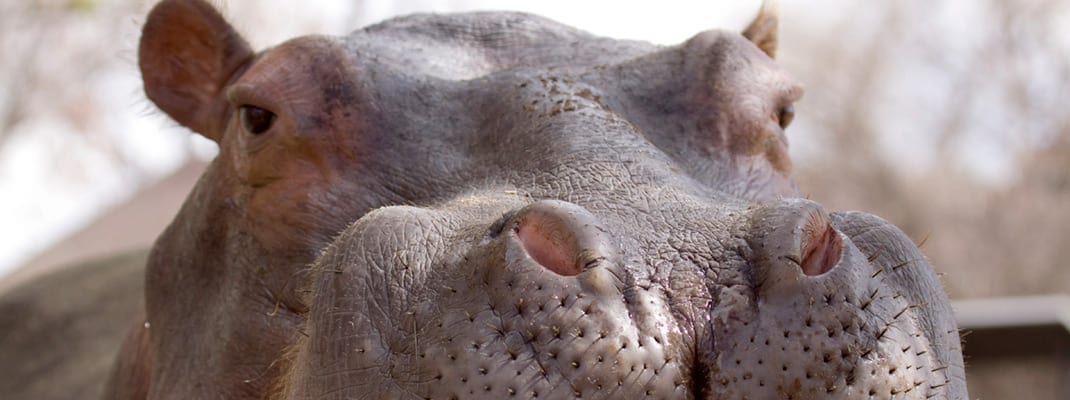
Animals
HippopotamusBlack rhino
Cinereous vulture
Pachyderms
Since the opening of Toyota Elephant Passage-which moved our Asian elephant bachelor herd and greater one-horned rhinos to a new multi-species habitat-Mahali the hippo and Rudy the black rhino have had their habitat mostly to themselves. Now, with only our cinereous vultures to compete for their fans’ attention, these two princely pachyderms are kings of their respective hills!
Visit Mahali as he frolics in his pool, or enjoys a cooling wallow in the mud. And don’t miss seeing Rudy as he explores his spacious and shady new yard, which recently underwent some exciting rhino-vations.
We’re in This Together
Together, we can navigate the changes that help us to keep our doors-and especially our hearts-open in this new world. For a complete list of on-campus updates we’ve made to keep you, our employees and our animals safe, please click the button below.
Learn More





